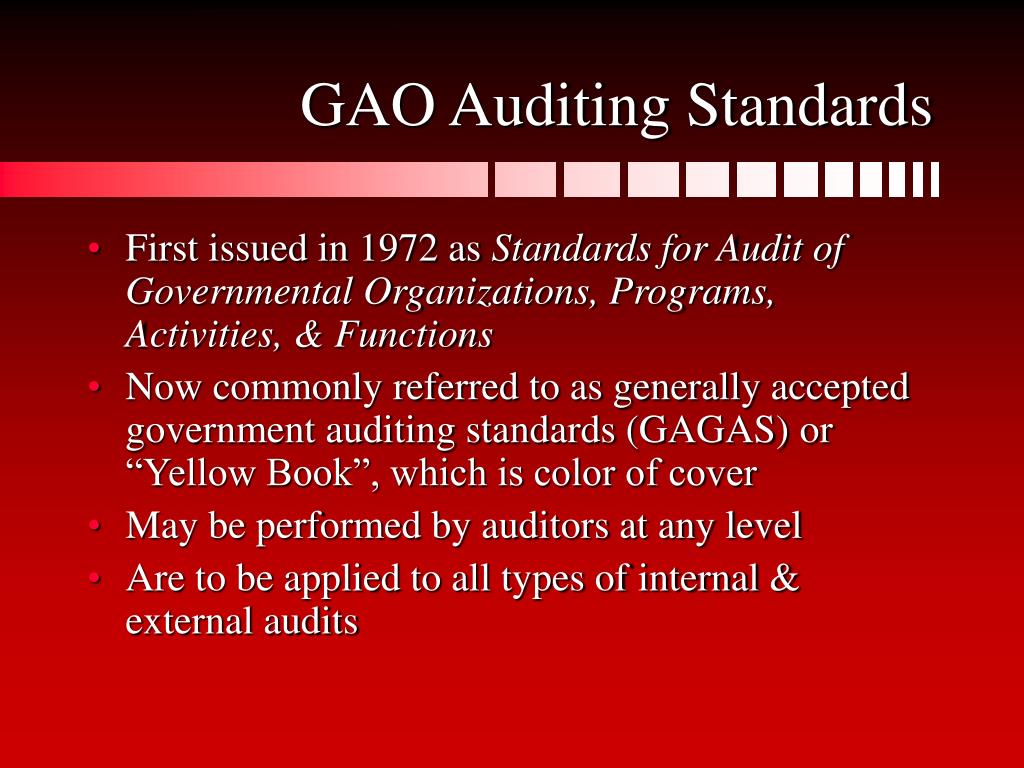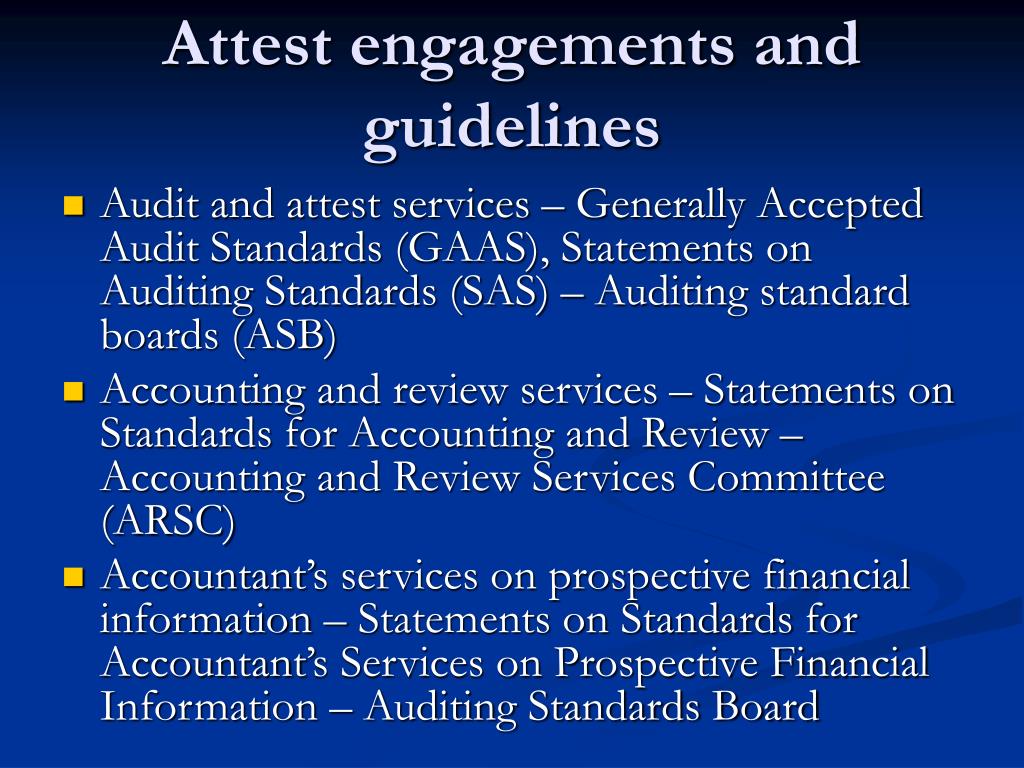

- Three categories of generally accepted auditing standards how to#
- Three categories of generally accepted auditing standards professional#
During the annual audit, the auditor has to review the processes and procedures that the company used to prepare the financial information.
Three categories of generally accepted auditing standards how to#
> Learn How to Introduce Audit Software Into Your Organizationīefore the audit, management provides financial information to the audit committee. It’s vital that companies have internal controls and financial policies in place and have them reviewed regularly by the company’s internal audit team to ensure that everything is in order before the audit ensues.
Three categories of generally accepted auditing standards professional#
It drives efficiency across the audit workflow with built-in best practices and a solution that scales with you.Īuditors form their opinions by making professional judgments and getting legal opinions.

Diligent’s Modern Audit solution ensures that companies are able to traverse the audit process smoothly.

Regulatory bodies may also scrutinize the audit opinion and the audit report to verify the information for accuracy and any impact on taxation matters.īoard management software programs support the accountability and transparency of financial reporting to ensure that companies get the best auditor opinion letter. In some cases, adverse audit opinions may lead to litigation. Each of these variables are subjective in nature and depend on the auditor’s opinion.Īn adverse audit opinion can damage a company’s status. The audit opinion is based on several variables, including how available the data was to them, whether they had an opportunity to follow all due procedures, and the level of materiality. Investors are particularly interested in the audit opinion because it serves as a reflection of the integrity of the audit report and projects an image of the company.

Investors analyze audit reports and base much of their investment decisions on information contained in the audit reports. The audit report provides a picture of a company’s financial performance in a given fiscal year. The audit opinion is a very important part of the audit report because it makes a statement about a company’s financial status to investors. Auditors have to make various assumptions in finalizing reports. Some of the information isn’t readily available and some of the information is subjective in nature. Koening also holds a Master of Commerce in funds management and accounting from the University of New South Wales.Why are audit reports so complicated? The answer is twofold. She has since written for several magazines and websites. 3, 2020.Įdriaan Koening began writing professionally in 2005, while studying toward her Bachelor of Arts in media and communications at the University of Melbourne. "Accounting Alert: The Non-GAAP Link to Compensation,". "SEC Scrutiny of Non-GAAP Financial Measures." Accessed Sept. Harvard Law School Forum on Corporate Governance."Acceptance From Foreign Private Issuers of Financial Statements Prepared in Accordance With International Financial Reporting Standards Without Reconciliation to U.S. "Comparability in International Accounting Standards: A Brief History." Accessed Aug. International Financial Reporting Standards."GAAP (Generally Accepted Accounting Principles)." Accessed Sept. "Statement of Financial Accounting Standards No. American Institute of Certified Public Accountants.Practising Law Institute The Basics of GAAP, GAAS and Financial Reporting Rashell Young.Advantages & Disadvantages of Accounting.


 0 kommentar(er)
0 kommentar(er)
